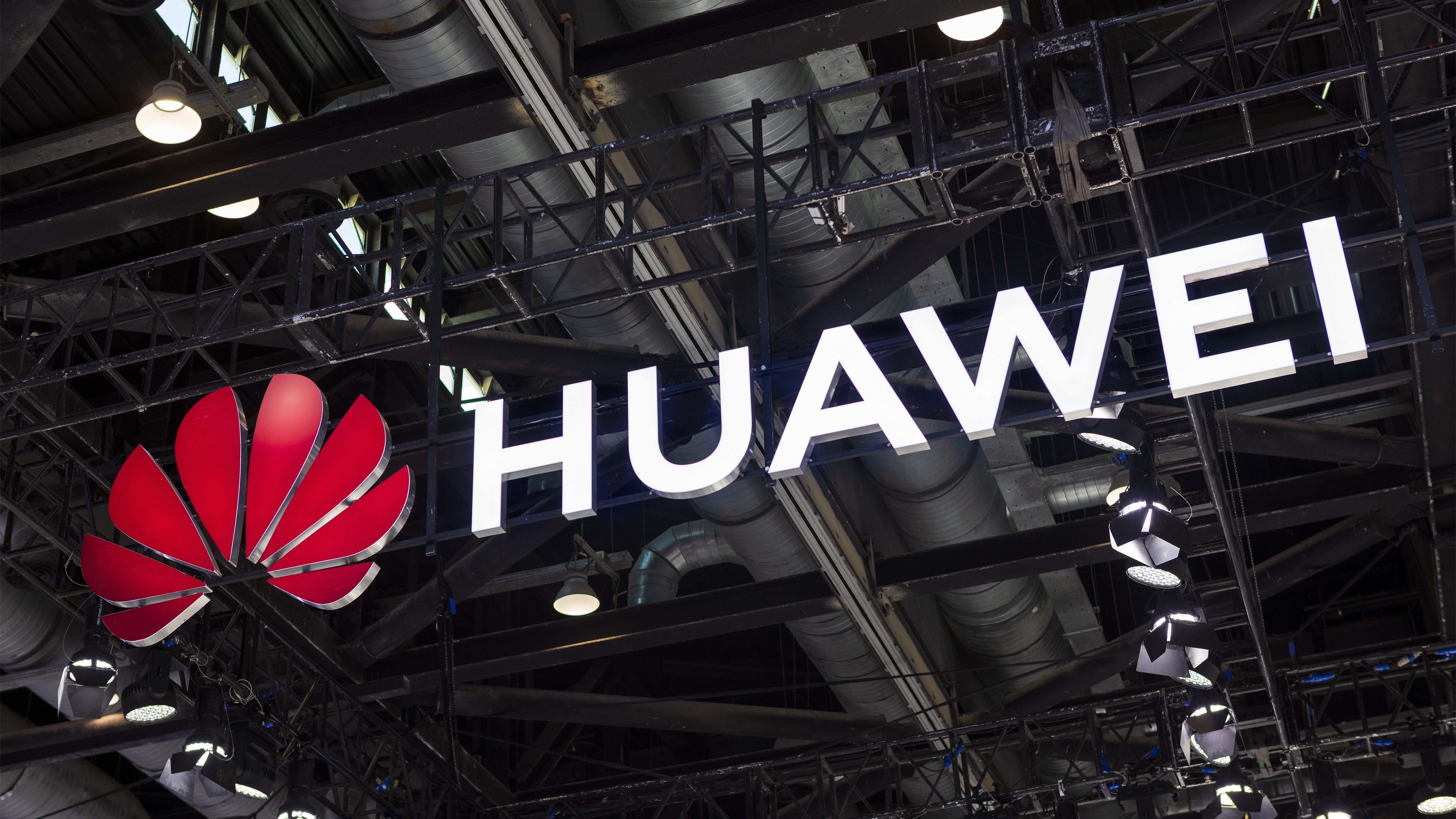Huawei releases new tool to get Chinese firms around crushing HBM export blacklist — new UCM software claims up to 22x throughput gain and 90% latency reduction for traditional cache hierarchies in AI workloads
Huawei's attempt to free China's tech market from relying on HBM may be a big swing towards Chinese tech independence

Huawei is seeking to fire a powerful salvo against the West in the U.S.-China tech access wars. The tech titan has created a new software tool called the Unified Cache Manager (UCM) that seeks to speed up LLM training and inference without the use of HBM (high-bandwidth memory), a hot commodity that China lacks easy access to due to U.S. export restrictions.
The South China Morning Post reports that Huawei unveiled the UCM tool on Tuesday, as part of its presentation at the 2025 Financial AI Reasoning Application Landing and Development Forum. The new software spreads AI data across HBM, standard DRAM, and SSDs according to the latency characteristics of each memory type and the latency requirements of different AI applications.
Specifically, introducing a hierarchical structure for key-value caching, an important AI data structure in inference, maximizes speed specifically according to the system's available resources.
UCM has seen lengthy real-world tests before today's announcement. Zhou Yuefeng, VP over Huawei's data storage products, announced that UCM was tested in operations at China UnionPay, a major Chinese bank. Real-world applications where the software was trialed include "customer voice analysis, marketing planning, and office assistance," according to Gizmochina. Huawei reports an up to 90% reduction in latency and a 22-fold increase in throughput with UCM for AI inference on systems with traditional caching and storage technologies.
The announcement of UCM could be a major boon for China's AI market, a sector that has been seeking ways to either obtain or function without HBM. HBM (high-bandwidth memory) is a stacked, high-speed memory type that is critical in AI training and inference, enabling high throughput and low latency to AI chips like those in Nvidia's HPC servers.
HBM is also incredibly hard to obtain in China. HBM chips are almost exclusively produced by SK Hynix and Samsung in South Korea and Micron in the U.S., and the United States has been working to hamper China's attempts to purchase or produce its own HBM. Restricting China's HBM access has been a key part of the U.S.'s strategy in the "Chip War" trade conflict between the two nations, spurred on by both the Biden and Trump administrations.
The UCM announcement comes in a week when China's moves toward tech independence and away from Western hardware are ramping up. A recent report claims that China's federal government is even directing domestic companies to refrain from purchasing Nvidia's H20 chips. Nvidia's H20 is a China-exclusive stripped-down variant of Nvidia's standard AI chips, specially made for the country.
Get Tom's Hardware's best news and in-depth reviews, straight to your inbox.
The reported directive to avoid the H20 is another blow for Nvidia, which has been pressuring the U.S. government to allow it to sell the H20 to China for months. Nvidia CEO Jensen Huang only received the green light to sell H20s again last month, after months of petitioning and a $1 million dinner at Mar-a-Lago. The United States seemed willing to use reliance on Nvidia chips as a way to slow China's own tech progression, but now that China has put an official tarnish on Nvidia H20 chips and Huawei is seeking ways to avoid reliance on HBM, these plans may be in peril going forward.
Follow Tom's Hardware on Google News to get our up-to-date news, analysis, and reviews in your feeds. Make sure to click the Follow button.

Sunny Grimm is a contributing writer for Tom's Hardware. He has been building and breaking computers since 2017, serving as the resident youngster at Tom's. From APUs to RGB, Sunny has a handle on all the latest tech news.
-
ottonis All politics aside, it seems that constraints can serve as a driving factor for outside-the-box-thinking and for developing creative and ridiculously effective solutions.Reply
This reminds of the old 8-bit gaming times (commodore 64,), or later DOS, where game developers had to work around massive limitations regarding memory size, computational speed and the limited number of available colors, and still managed to create stunning gameplay, eye-pleasing graphics and just games that were extreme fun to play.
So it's no wonder, when a company that employs hugely talented developers and programmers strives to new heights when challenged with restrictions.
From a technolgical perspective: Kudos to these programmers, as their solution is something that can ispire similar solutions in the western world. -
jg.millirem This universal caching seems like a great idea for more than just AI uses. Why don’t we see it on our plain old client PCs?Reply